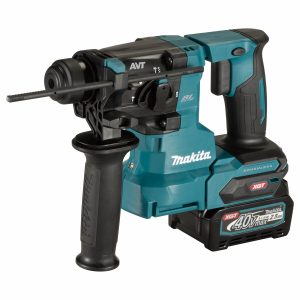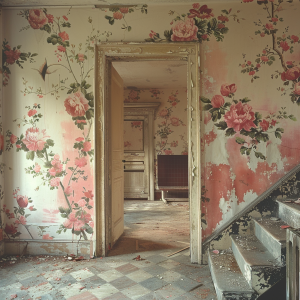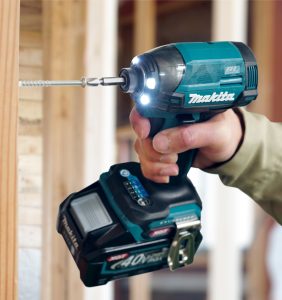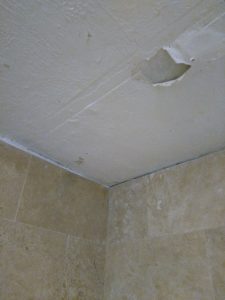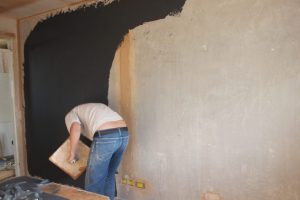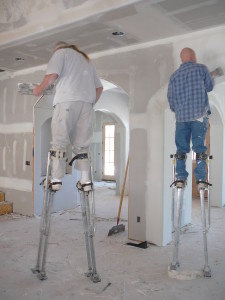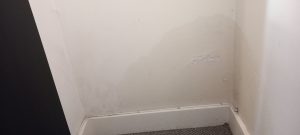Plastering has been a massive part of my life for a long time. I started plastering in my teenage years and then going on to start The Plasterers Forum 16 odd years ago. I had no idea that plastering would become such a massive part of my life.
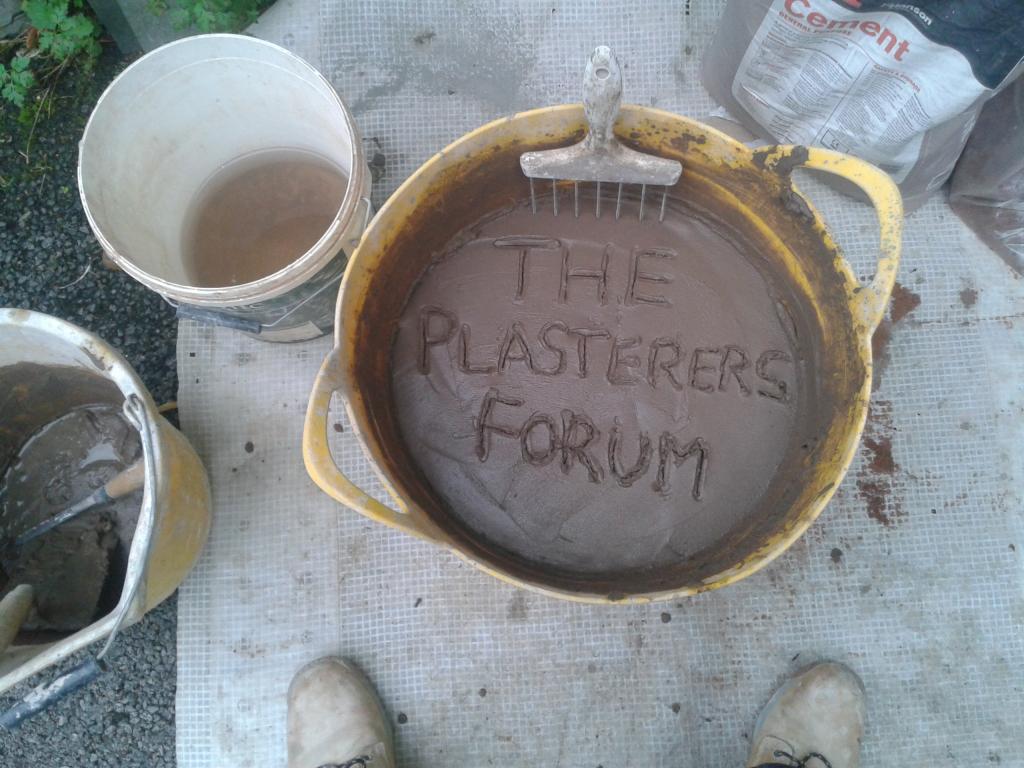
Plastering has been around for as long as there have been walls and the earliest signs of plaster are from about 7500 BC. The locals of Jordan decided to use lime based plasters for interior walls and floors.
I don’t know any Cavemen, but I’m sure they were plastering their caves to keep Mrs Caveman happy. I can promise you that they won’t have the plastering tools that we do have today.
Mud Was Used As A Plaster
The first types of plaster originated from mud. Even to this day our friends across the pond in America call plaster mud. The building material for a house was sticks and reeds. Then mud was used to bind it together and keep the weather out.
A lot of people think that Venetian plastering is a new thing. From about the 14th century recreating marble effects with plaster was being developed in Bavaria using marble dust, pigments and glue with gypsum plaster. This created a whole new industry for plasterers and still to this day there are a lot of Venetian plasterers out there using the same original techniques.
Plastering has moved on a lot from using mud to cover sticks and reeds, and now e have such a massive selection of materials and tools to choose from whether it be thistle Pure finish plasters or Magnetic plaster for those walls that you want to be a feature in your property.
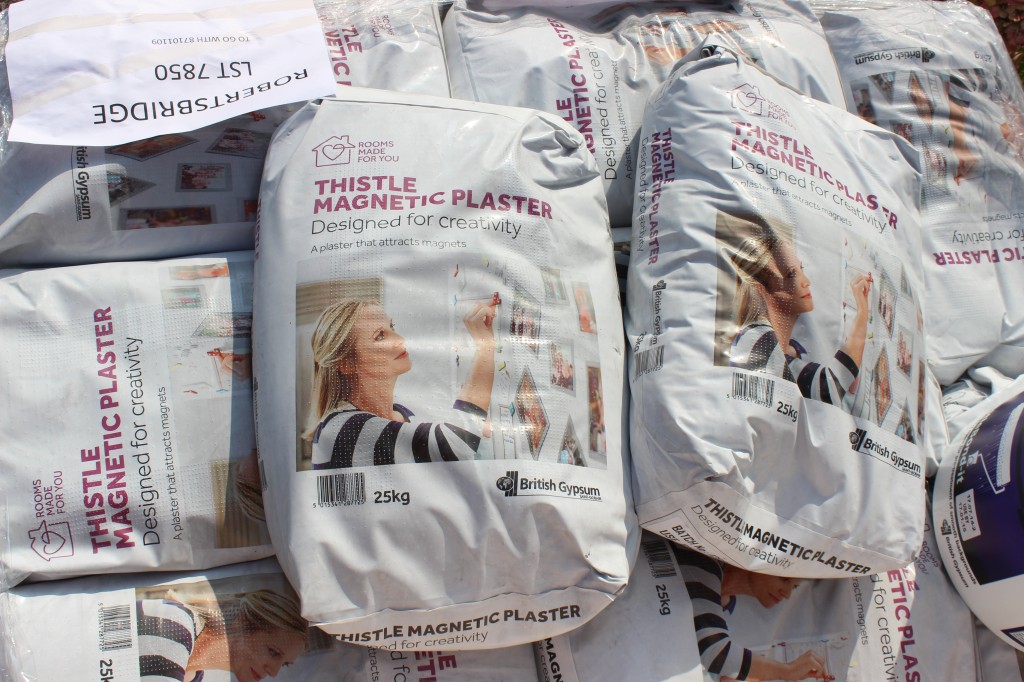
Even as I write this, there are more and more new renders coming out, and I’m sure that as the years go by there will be so much choice that you will be so unsure where to look.
A Turning Point For Plastering
The 19th century was really the turning point for plastering as lime would take weeks for it to dry. Jobs would then take a lot-lot longer to complete. However, now that gypsum has been refined so much so plastering a property can only take a matter of hours.
I have often heard plasterers complaining that plastering is dying and that in a few years you won’t need plasterers. But in my opinion, there will always be a demand for good plasterers.
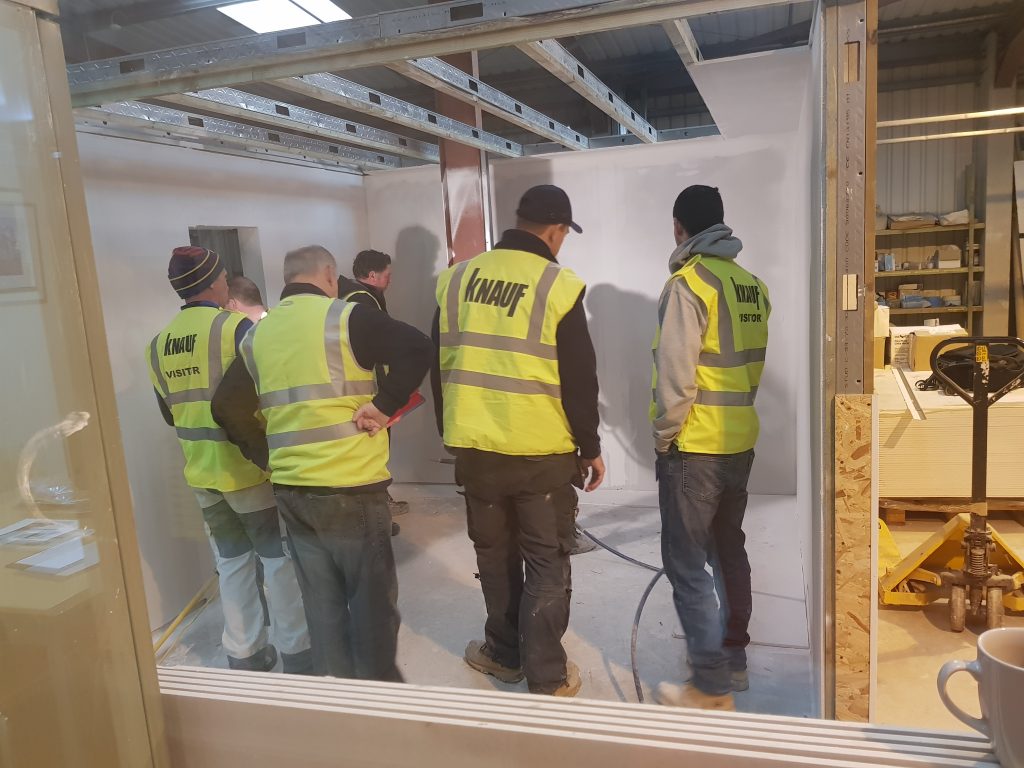
The materials used may evolve over time and change. The skills of applying and getting a finish will still require that of a plasterer.
This is just a tiny weeny insight into plastering and plasterers. One thing I know for sure as a plasterer, you will never be out of work one way or another.

